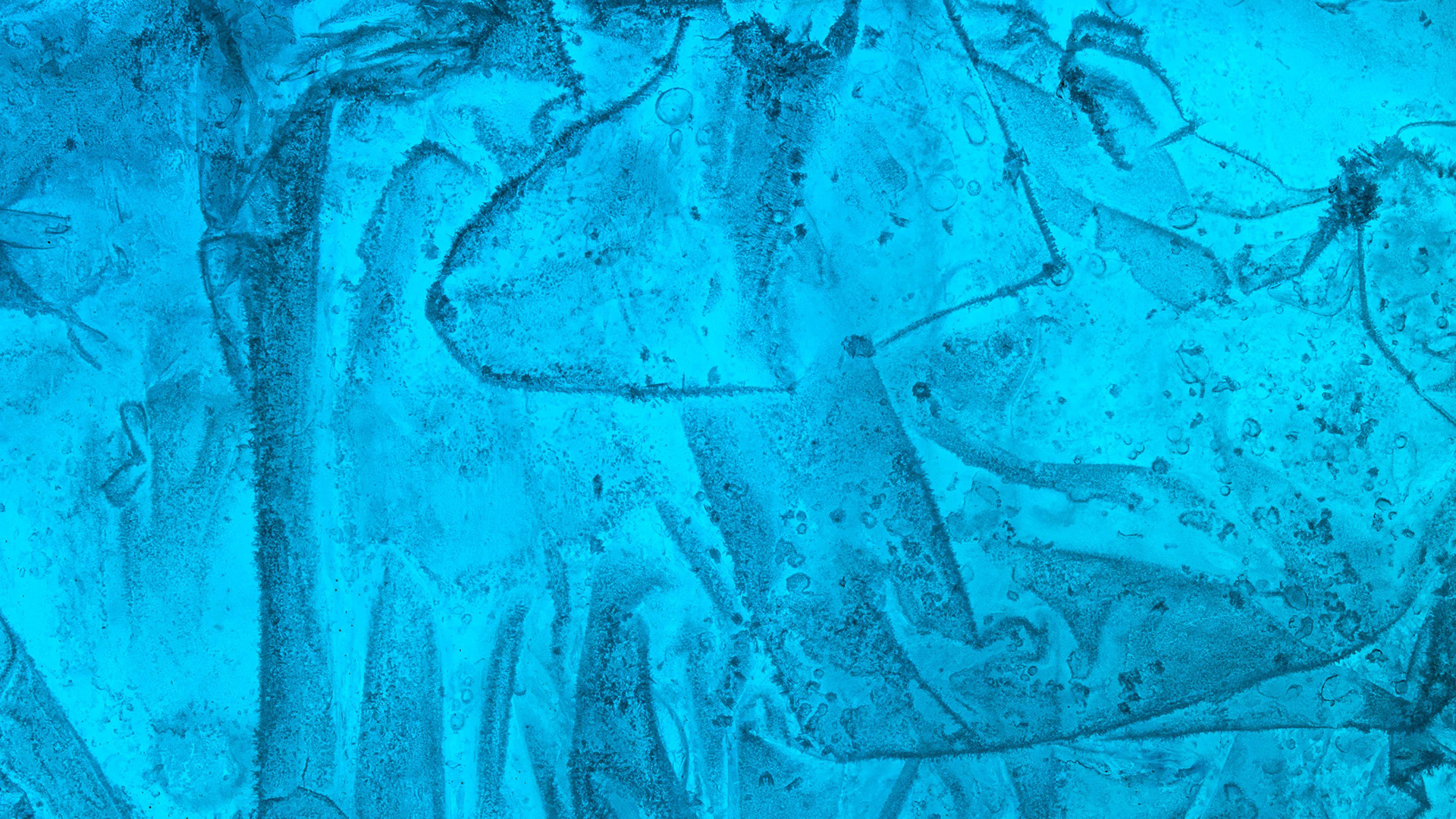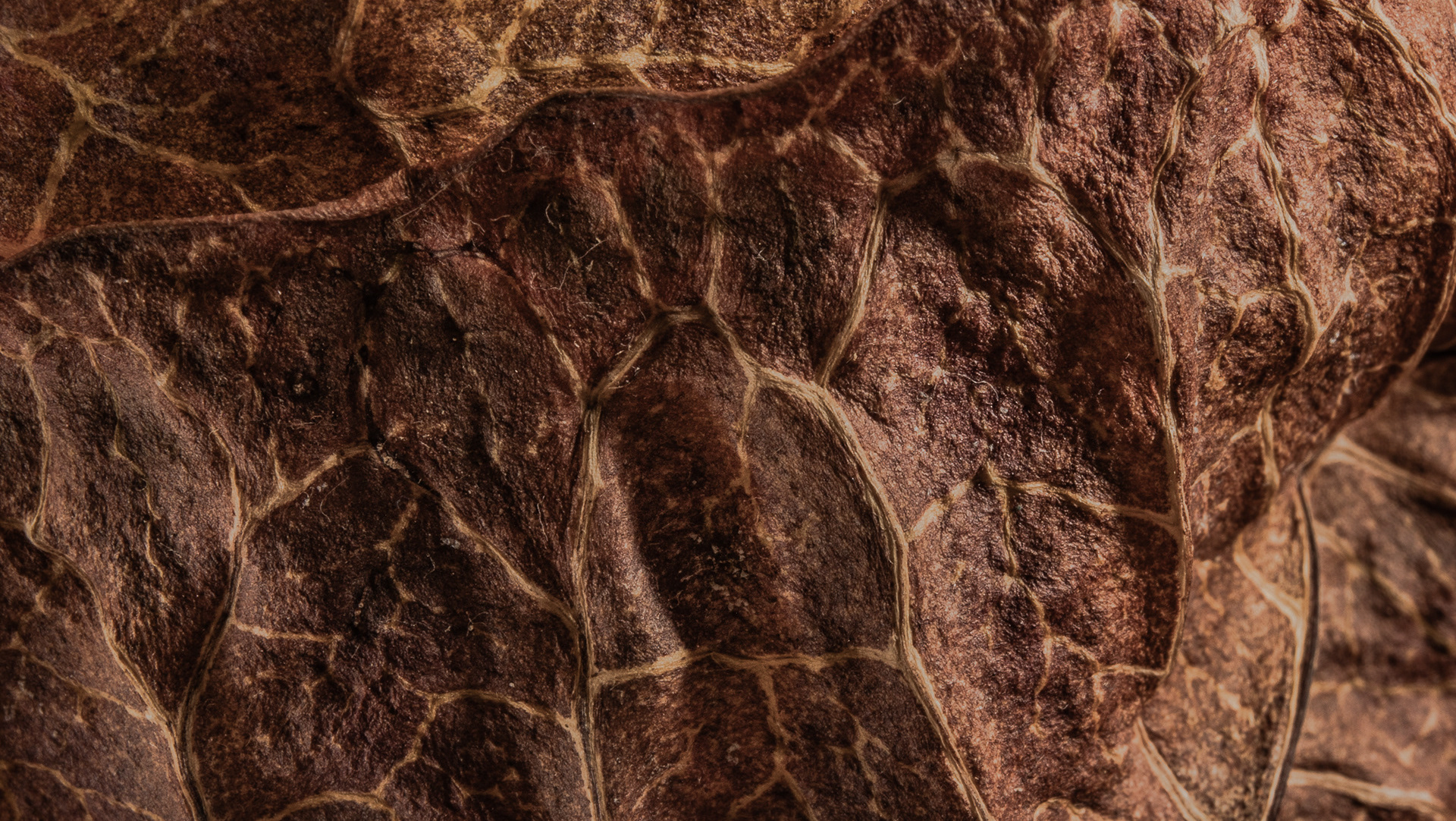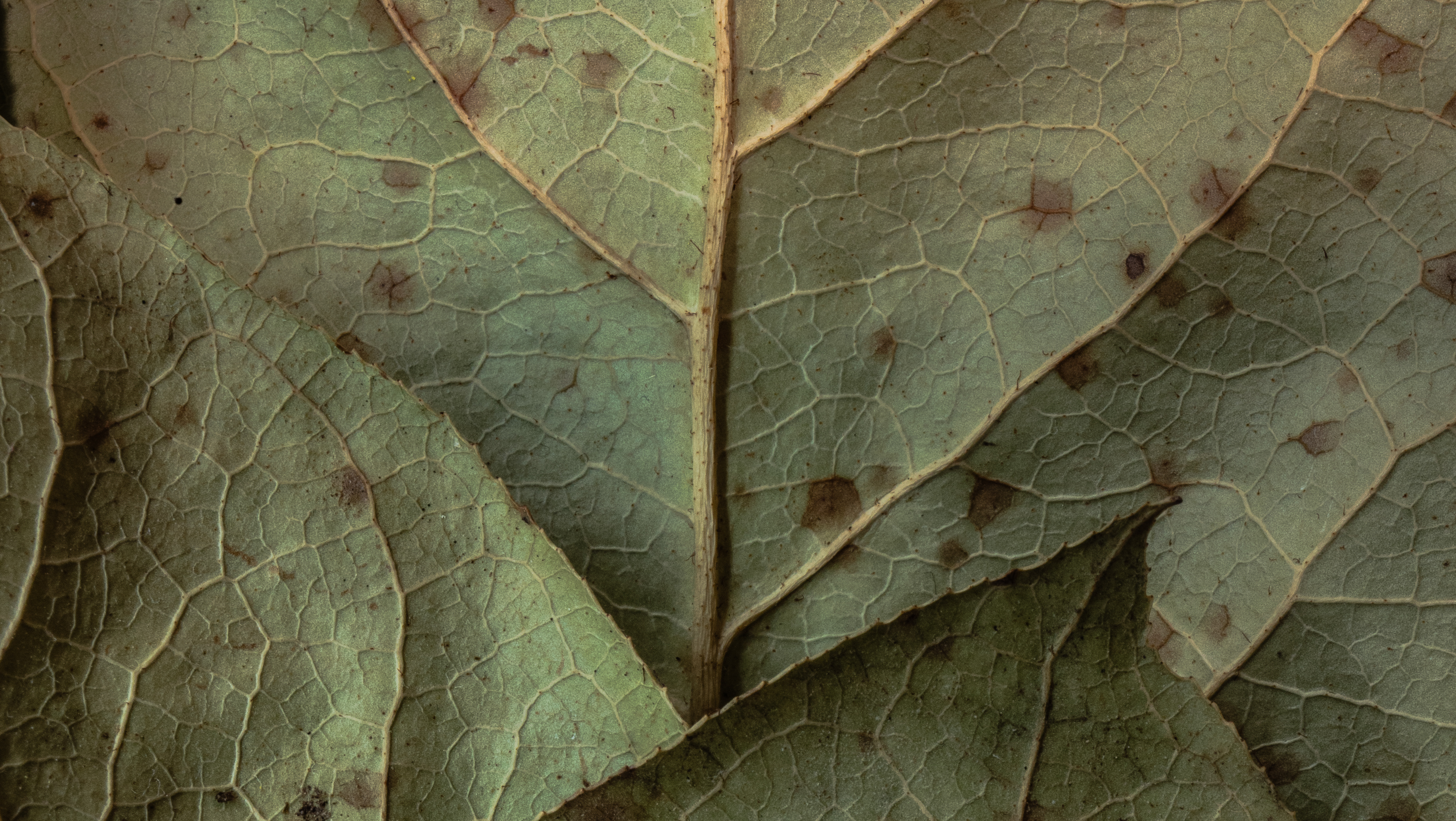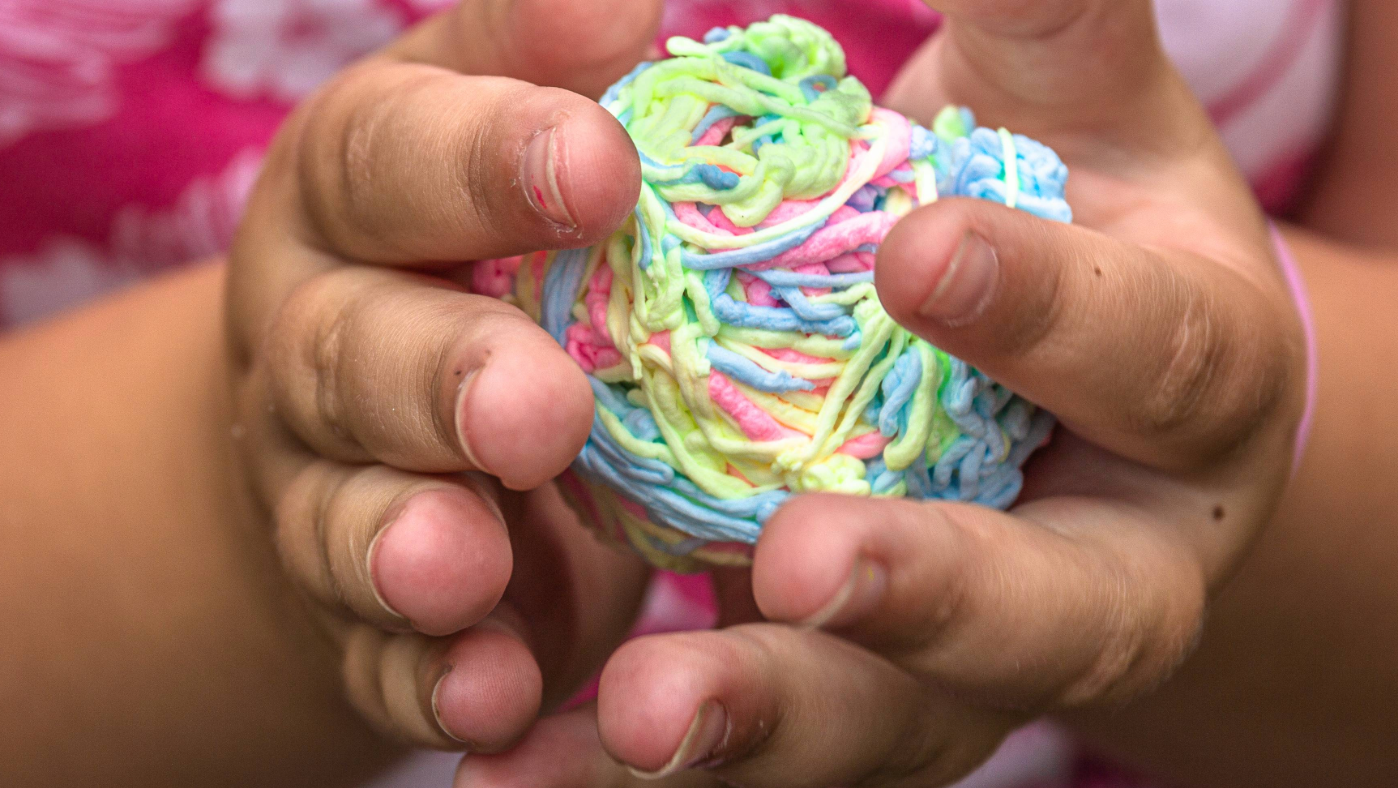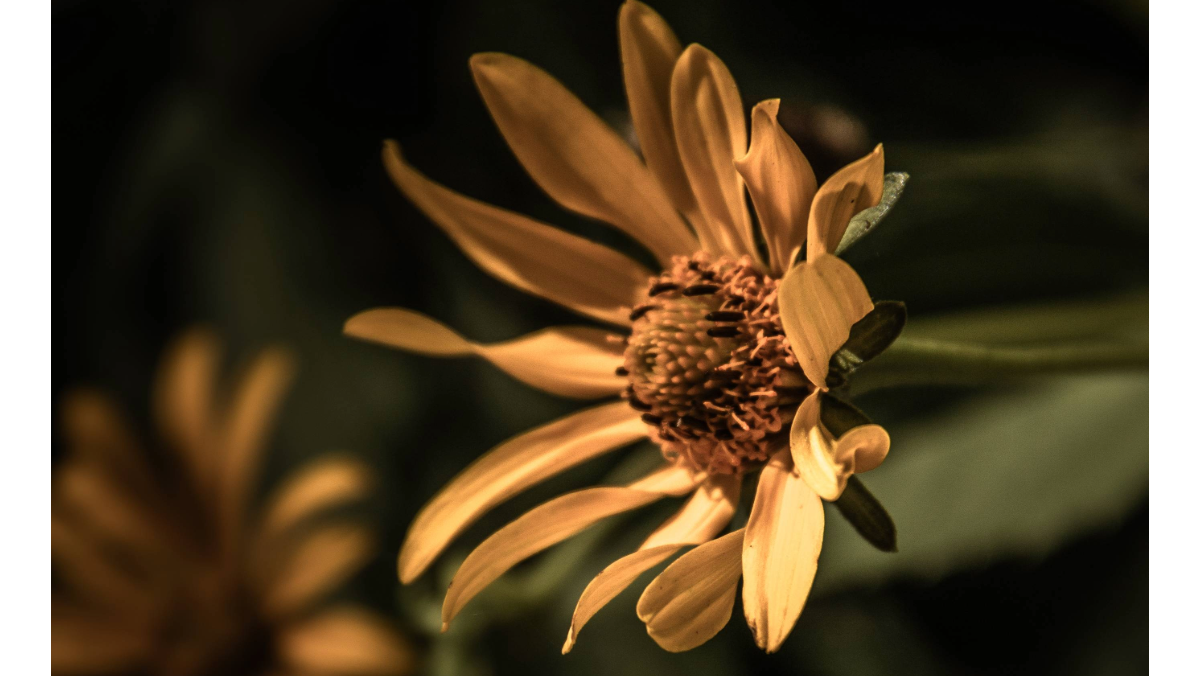Senescence is a scientific term describing biological aging, the deterioration of functional characteristics, and the cessation of cellular division and growth. In short, senescence is the process of functional deterioration, aging, and dying.
The Amaryllis (Hippeastrum) in this series has been photographed at various stages of plant or flower senescence as it blooms, reproduces, readies to die, and goes dormant until its next growth cycle; Notable characteristics of plant or flower senescence are chlorophyll degradation and wilting.
The Amaryllis (Hippeastrum) in this series has been photographed at various stages of plant or flower senescence as it blooms, reproduces, readies to die, and goes dormant until its next growth cycle; Notable characteristics of plant or flower senescence are chlorophyll degradation and wilting.
Chlorophyll degradation causes the flower's petals and stem to change color, while wilting is caused by diminished water cells that help reduce water loss in the flower. The Amaryllis (Hippeastrum) petals first begin to show slight discoloration after their vibrant bloom, then wrinkling and pocking as the petals curl along the edges and tips. The heads of the Amaryllis (Hippeastrum) then begin to grow heavy, droop, and become slightly sticky and wet to the touch, before contracting and then becoming dry and brittle to the touch, finally breaking off, carrying with them the seed pod or ovule. The anther and filament, or 'stamen,' begin to decay, curl, and the pollen turns to a fine powder and flakes off. The stigma and style, used for pollination and propagation, located just below the stamen, wrinkle and contract to a very small size, often falling off.
Notable characteristics of the Amaryllis (Hippeastrum) reproductive cycle include the fully extended and open stigma and style, and pollen sprinkles across the petals and filament.
The Amaryllis (Hippeastrum) is a genus in the family Amaryllidaceae (subfamily Amaryllidoideae, tribe Hippeastreae, and subtribe Hippeastrineae). Native to Central and South America, it comprises 90 species and over 600 hybrids and cultivars. These flowers are known for their ability to flower indoors, re-flower, and are often given as gifts in the winter around Christmas.
Taxonomy Research Source: Global Biodiversity Information Facility https://www.gbif.org/
Taxonomy Research Source: Global Biodiversity Information Facility https://www.gbif.org/
The descriptions of each photograph are based on my own observations, combined with personal, armchair research I have done on the Amaryllis (Hippeastrum) and senescence. I accept that my information may be off or misguided. Please feel free to add to or correct any of this information.
Through 'Senescence,' I invite you to witness the poetic dance of life, death, and resurrection. It is a testament to the profound beauty in the cycle of decay and renewal, urging us to find hope in every end and beginning.
Senescence no. 1 (Budding)
The Amaryllis begins to show buds 2-3 weeks into its growth cycle.
Senescence no. 2 (Budding)
The petals that incase the entire flower begin to push further out from the stalks, enlarging the bud as it further readies to bloom.
Senescence no. 3 (Budding)
The Amaryllis buds grow out, begin to hang & point down towards the ground as they ready to blossom.
Senescence no. 4 (Bloom)
The Amaryllis blossoms at about 6-8 weeks into its growth cycle, displaying beautifully long & broad petals.
Senescence no. 5 (Bloom)
The Amaryllis begins to show its 1st signs of senescence along its petals, as the skin begins to show slight discoloration (chlorophyll degradation) & pocking or puckering (early signs of wilting) as seen along the bottom left of the petal.
Senescence no. 6 (Bloom)
The Amaryllis petals have long spines & ridges full of texture & detail that support the blossom as it explodes outwards.
Senescence no. 7 (Bloom)
The Amaryllis in full bloom at 6-8 weeks appears to explode outwards revealing the filament (the stems going into the centre of the flower), the anther (the padding holding the pollen), the style & stigma (the long tube at the bottom of the flower used for pollination & reproduction). - More detail on reproduction later.
Senescence no. 8 (Bloom)
The petals begin in a funnel at the base of the stock & express outwards like a pavilion. Note how the colour scintillates & sparkles in the light.
Senescence no. 9 (Reproduction & Death)
The Amaryllis contains both male & female reproductive organs, both visible in the centre of the bloom or flower. The male organs are the stamens which hold the anthers & filament - they produce pollen & look like soft yellow pads & long tubes. The pistils is the female reproductive part of the plant which projects directly from the centre of the flower, follows through to the back of the flower & consists of three parts -- the ovule, the style & stigma. The style & stigma are located underneath the male reproductive organs & facilitate in catching & carrying the pollen to the female ovule to complete the reproductive cycle. Seen here - flecks of pollen on the left most stamen have come off & are sitting on the filament. Ready to pollinate, the stigma will open like a flower to receive the pollen & carry it through the style to the ovule. The reproductive process & process of death have both begun.
Senescence no. 10 (Reproduction & Death)
The Amaryllis is showing signs of senescence while the reproductive process carries on; the Amaryllis is both dying & reproducing at the same time. The petals are wrinkling & subtly changing colour, while the stigma opens up like a small flower to accept & transport the pollen to the ovule.
Senescence no. 11 (Senescence)
As senescence progresses, the Amaryllis petal skin begin to lose tensile strength & show signs of wrinkling or wilting as the reproductive process & senescence continues.
Senescence no. 12 (Senescence)
Wilting is due to diminished water cells in the plant & happens in senescence to aid in water conservation for the Amaryllis reproductive cycle. The tips begin to fold back & further discolouration sets in.
Senescence no. 13 (Senescence)
As it continues its reproductive process & senescence continues, the Amaryllis begins to contract & grow smaller showing its first major signs of wilting & contracting into what will eventually be a dried flower.
Senescence no. 14 (Senescence)
Detail of chlorophyll degradation & wilting no. 1
Senescence no. 15 (Senescence)
The stability of the petals begins to erode & become weak, paving the way for further water conservation & wilting so that the petals can contract & shrivel. Detail of chlorophyll degradation & wilting no. 2
Senescence no. 16 (Death)
The stamen curls & the pollen begins to flake as the stigma & style further wilt & contact as the reproductive process nears its end.
Senescence no. 17 (Death)
Chlorophyll degradation is an important part of senescence & can be identified in the changing colour of the petals & stock, like fall leaves changing colours before winter.
Senescence no. 18 (Death)
The petals continue to wilt & contract. The surface of the flower becomes slightly sticky as the flower points downward. The Amaryllis is almost dead & the reproductive cycle almost complete as the process of senescence is most visible at this stage in the Amaryllis' life.
Senescence no. 19 (Death)
The flower is dry to the touch & brittle as the water cells of the flower have been enveloped by senescence & death.
Senescence no. 20 (Death)
The petals of the Amaryllis flower are dry & brittle & will crumble to the touch at this point. Death detail no. 1
Senescence no. 21 (Death)
The petals of the Amaryllis flower are dry & brittle & will crumble to the touch at this point. Death detail no. 2
Senescence no. 22 (Death)
Senescence has taken hold of the Amaryllis & the reproductive cycle is complete & the seeds have been pollinated. The flower is dead & the plant is set to go dormant until its next growth cycle. (No. 1)
Senescence no. 23 (Death)
Senescence has taken hold of the Amaryllis & the reproductive cycle is complete & the seeds have been pollinated. The flower is dead & the plant is set to go dormant until its next growth cycle. (No. 2)
_________________________
Senescence no. 24 (New Life)
The ovule is engorged & filled with seeds ready to plant. The Amaryllis flower is dead & completely wilted. Once fully dried, the ovule full of seeds will break off from the stem & remain attached to the flower for transportation.
_________________________
Senescence
Complete.
_________________________
Applications: Commercial, Fine Art Prints, Exhibitions & Series, Prints, Corporate Art, Social Media Content & Branding.
_________________________






